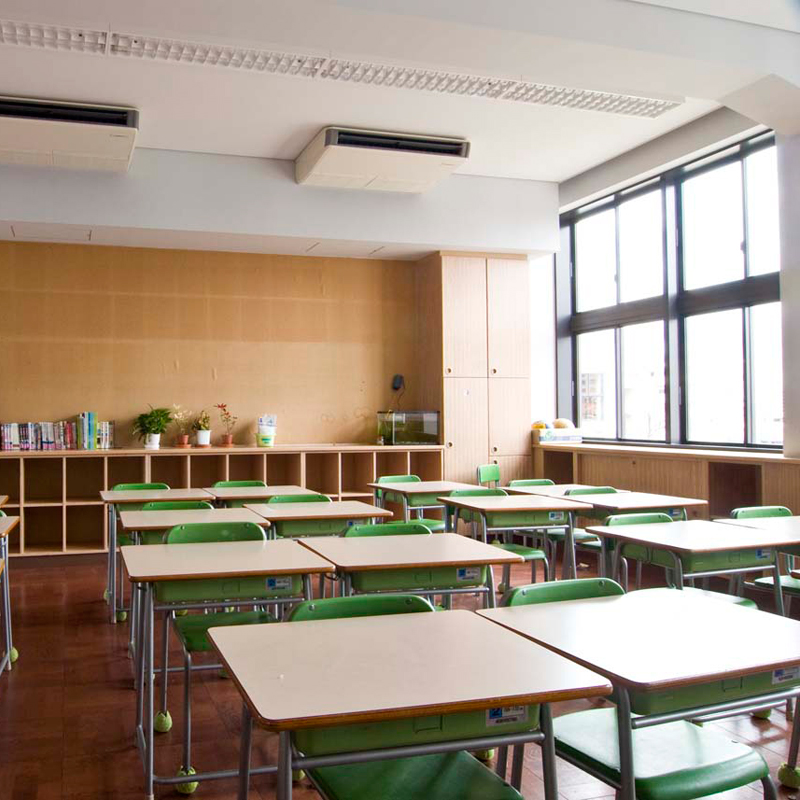- Study Says Most Parents Don’t Use Car Seats In Ride Share Vehicles Like Uber
- This 12-Year-Old Boy Is A Sophomore Aerospace Engineering Major!
- Fire Safety Experts Warn Of Hand Sanitizer Danger After A Mom and Kids Escape House Fire
- Recall Alert: Peaches May Be The Cause Of Salmonella Outbreak, 68 People Ill
- Summer Vacation In The Days Of COVID: Tips To Stay Safe
- How To Safely Grocery Shop During The Coronavirus Pandemic
- Michigan Teen With Vape-Related Illness Undergoes Double Lung Transplant
- Teen Kicks Off Anti-Vaping Campaign From Hospital Bed
- Teenager Receives Life Sentence For Strangling Sister To Death Over A Wi-Fi Password
- Toddler Falls To Death From 11th Deck of Cruise Ship
Concentration At School – The Benefits Of Recess


Young children do have relatively short attention spans.
Children aged five to six years usually can attend to one activity that is of interest to them for around ten to fifteen minutes at a time and should generally be able to filter out small distractions occurring simultaneously in the environment.
Small groups of children may be able to play together for fifteen minutes or up to a half hour if they are engaged in novel, interesting play activities.
Children ages six to seven years may be able to sustain attention to one interesting or novel task for as long as thirty minutes. Typically in kindergarten and first grade getting kids motivated, interested and engaged in the lesson is the key method of holding their attention.
Studies by the American Academy of Paediatrics (AAP) have also recommended increased recess in the school day for optimizing a child’s social, emotional, physical, and cognitive development. Recess is most children’s favourite period of their school day and parents and teachers should encourage that trend, according to the American Academy of Pediatrics (AAP). Recess can be a critical time for social interaction and development and the AAP supports the importance of having a scheduled break in the school day.
The video below takes a look at a school that have recently implemented a day schedule for their kindergarten and first graders which include four recess periods of fifteen minutes each, which is double than before. The school, along with several other North American schools are trialling this program which is based on the acclaimed Finland schooling system.
“There was a part of me that was very nervous about it,” said first-grade teacher Donna McBride. “I was trying to wrap my head around my class going outside four times a day and still being able to teach those children all the things they needed to learn.”
But now she says that not only are the students paying better attention in class, they’re following directions better, attempting to learn more independently and solve problems on their own, and there have been fewer disciplinary issues.
“We’re seeing really good results,” she said, and those results make sense. The American Academy of Pediatrics says that recess is “a crucial and necessary component of a child’s development.”
The school is seeing so much value in the extra recess periods and have noted the following positive results:
- After a recess, there is less distraction in the classroom. The children come back to class ready to learn and everyone in the class is doing what they are supposed to be doing.
- Recess increases focus. Children are more on-task and less fidgety when they have increased recess.
- Many children suffer from obesity, but even children at healthy weight levels benefit from physical activity which they engage in during recess. The outdoors is the best place for children to burn calories, practice emerging physical skills and experiences the joy of movement.
The AAP recommends that recess is a necessary break in the day for optimizing a child’s social, emotional, physical, and cognitive development. In essence, recess should be considered a child’s personal time, and it should not be withheld for academic or disciplinary reasons.




0 comments